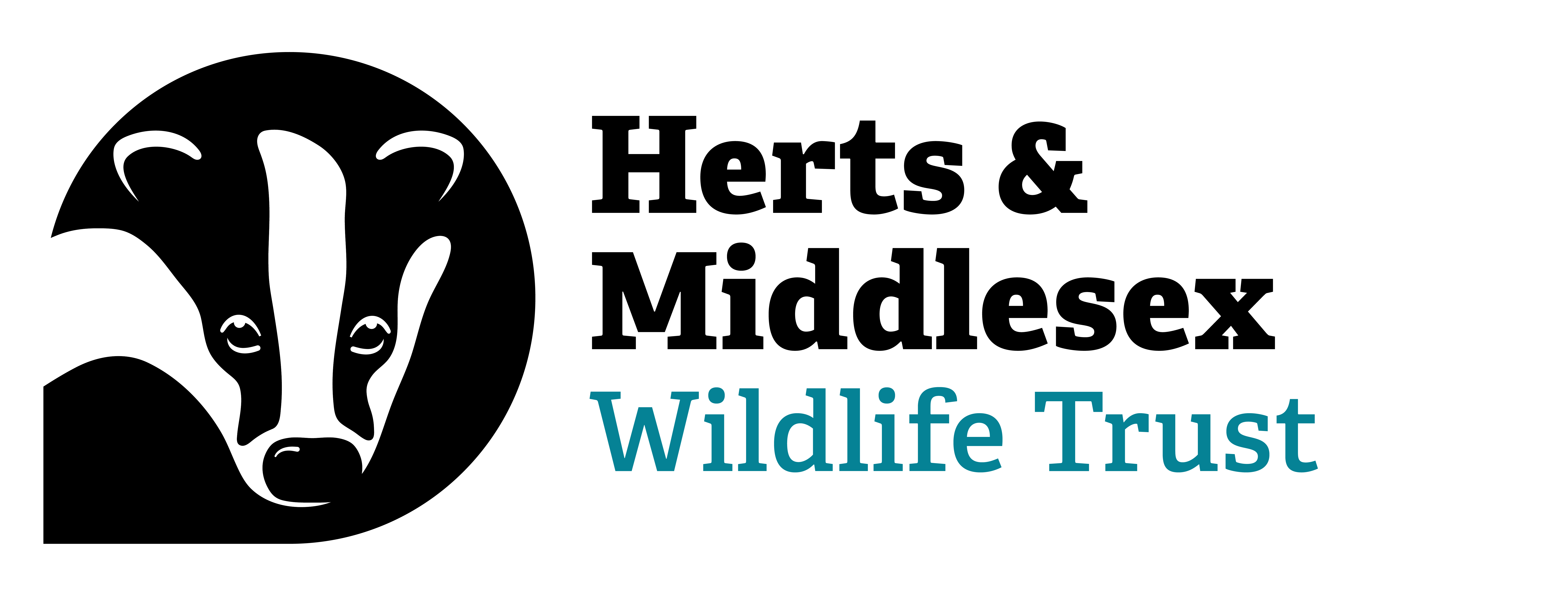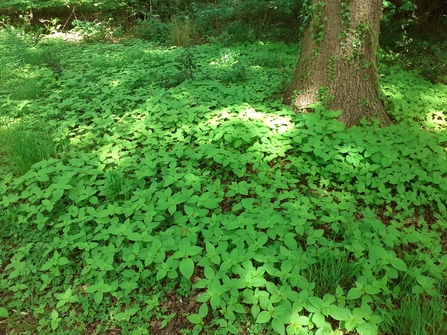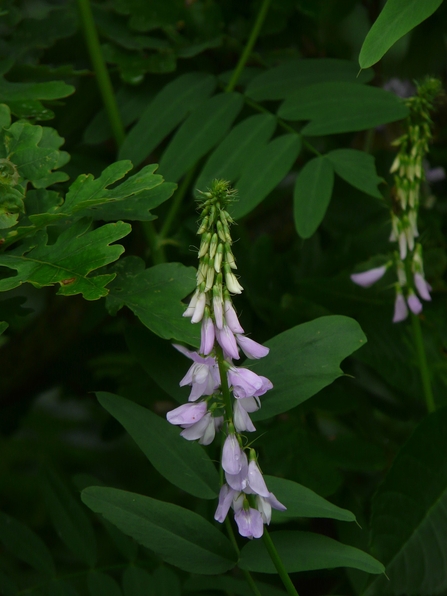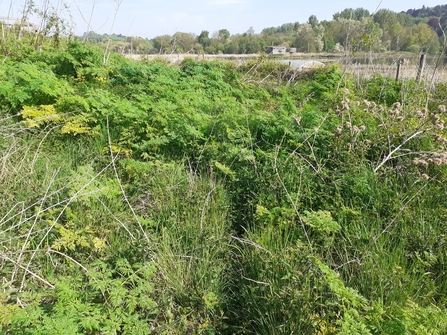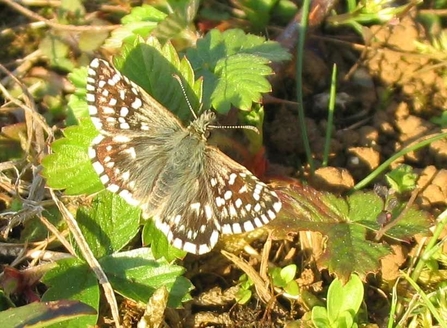Invasive Species Week is taking place from 12-18 May to highlight the impact of plants and animals which threaten native species and upset the balance of our ecosystem. As well as their effect on our natural world, invasive species have consequences on us too – they cost the economy nearly £2 billion a year, interfere with recreational activities like walking, boating and fishing, increase the risk of flooding, and, in certain instances can harm our health. During spring, Herts and Middlesex Wildlife Trust and the charity’s army of volunteers set to work on minimising the effects of these unwanted species on their reserves.
Here are four examples of invasive species control work being carried out by the Trust in Hertfordshire:
